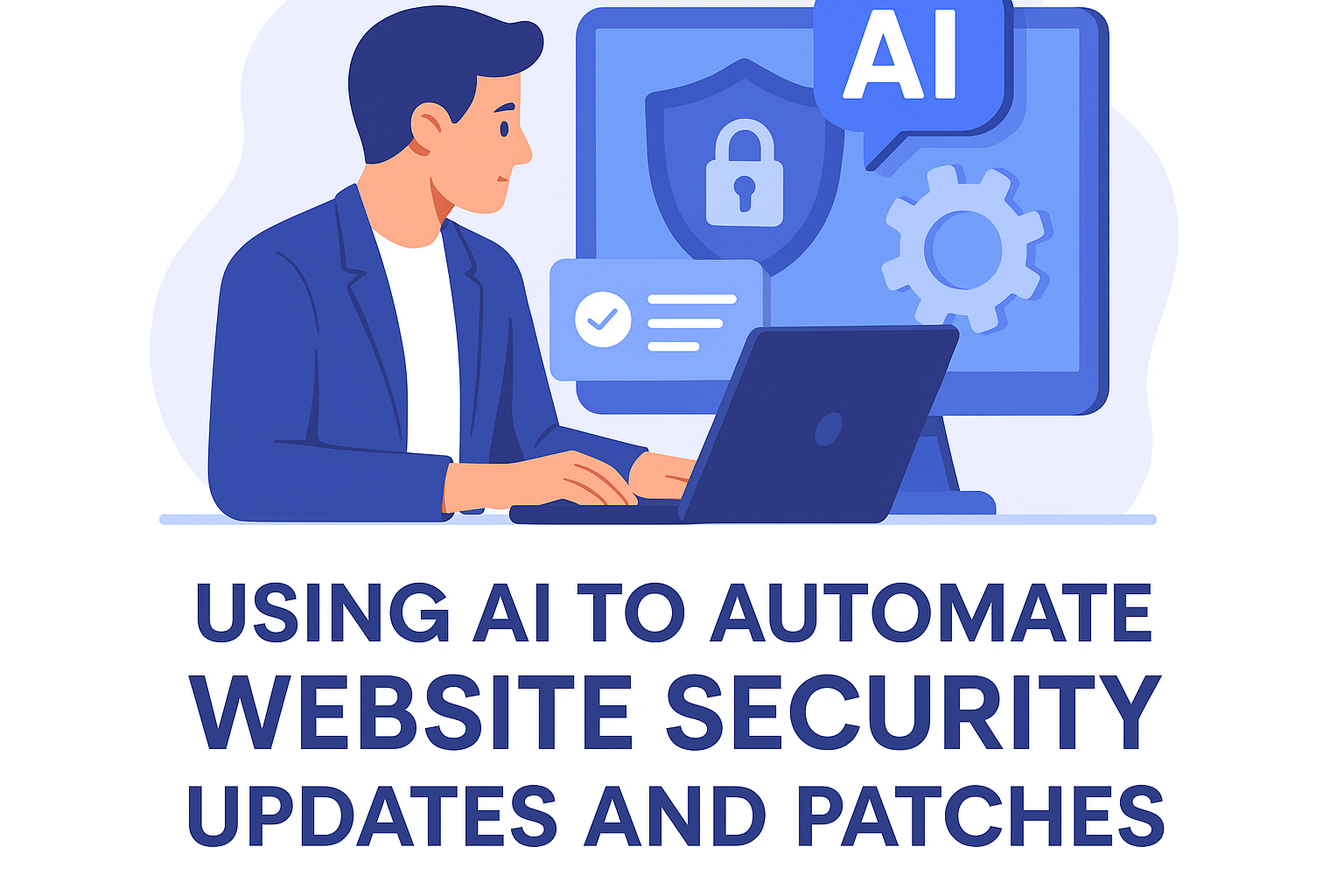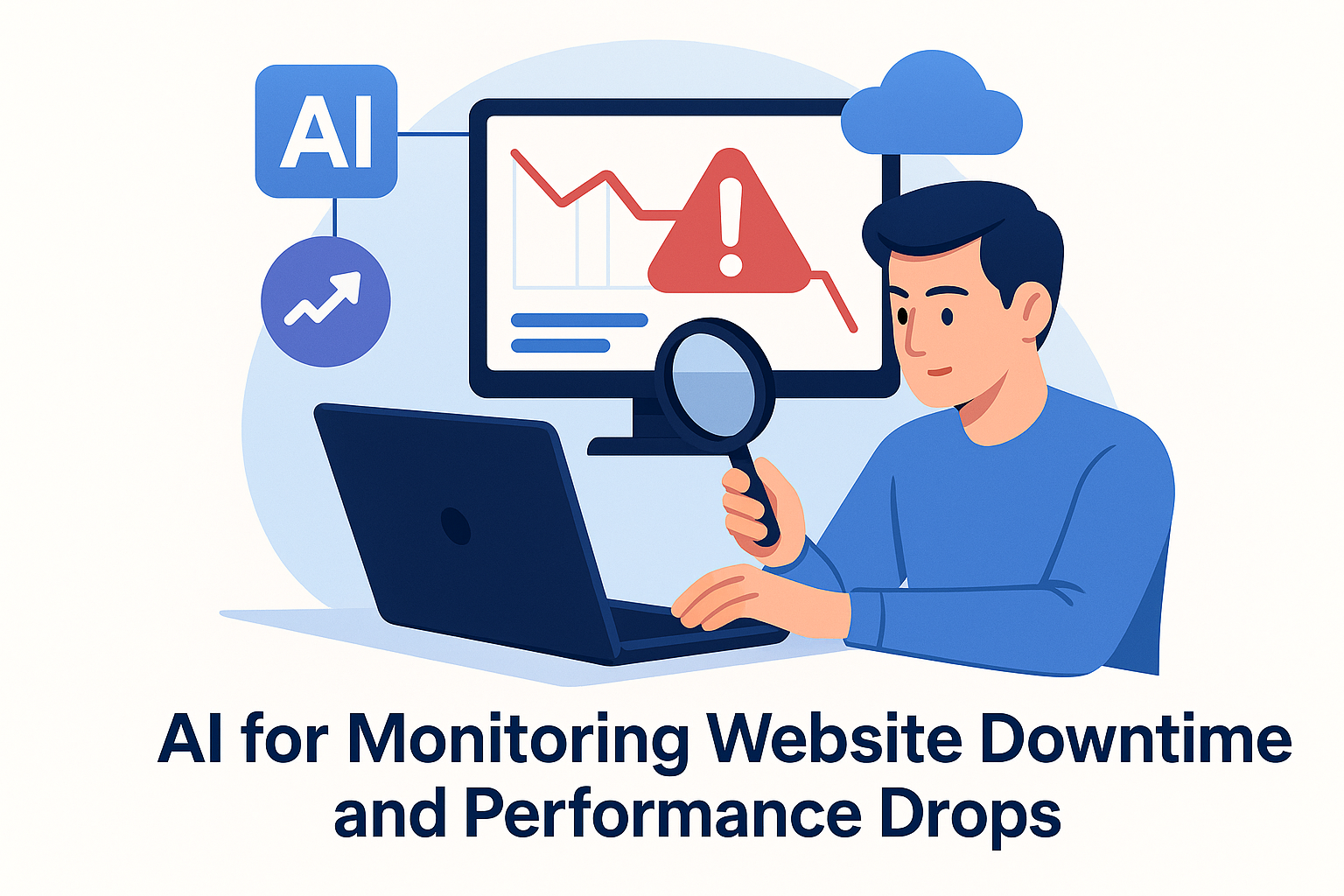Traffic is only half the battle. What happens after someone lands on your page determines whether they convert, bounce, or come back.
User behavior signals—like scroll depth, time on page, and click patterns—can tell you exactly where your content is connecting… or falling flat. The challenge? Analyzing that data and acting on it takes time, expertise, and manual effort.
Thanks to AI, you can now analyze user behavior and adapt your content dynamically—in real time or as part of your SEO workflow.
This guide shows you how to use DIYSEO GPT, the DIYSEO AI Writer, and the DIYSEO Link Marketplace to:
- Identify low-engagement areas on your website
- Generate content revisions based on actual user behavior
- Test and adapt your layout, messaging, and format for better results
- Promote newly optimized content to extend performance gains
Why User Behavior Data Is Critical for SEO and UX
Search engines now rely heavily on engagement signals like:
- Bounce rate
- Dwell time
- Scroll depth
- Click-throughs and CTA interactions
If your content isn’t engaging, Google may demote it—even if it’s keyword-optimized. On the flip side, improving engagement can boost rankings, conversions, and retention.
Step-by-Step: Using AI to Analyze and Adapt Content Based on Behavior
✅ Step 1: Audit User Behavior Metrics with DIYSEO GPT
Start by running a User Behavior and Engagement Analysis prompt in DIYSEO GPT.
Prompt:
“Which of my pages have high bounce rates, low scroll depth, or short time-on-page compared to average?”
DIYSEO GPT pulls from connected Google Analytics and Search Console data to identify:
- Pages with performance red flags
- Sections that lose reader attention
- Posts with strong traffic but weak engagement
This creates a prioritized list of content to optimize—based on how real people are interacting with it.
✅ Step 2: Diagnose Behavioral Patterns with Intent Mapping
Use DIYSEO GPT to go one step deeper by identifying why a user might disengage.
Prompt:
“For /ai-seo-guide, what might be causing low engagement and short dwell time?”
AI will review factors like:
- Misaligned content vs. query intent
- Poor formatting or header usage
- Lack of visual breaks or CTA clarity
- Overly dense paragraphs or technical jargon
This gives you actionable insights tied to actual user behavior—not assumptions.
✅ Step 3: Adapt Content Using DIYSEO AI Writer
Now it’s time to act. Use the DIYSEO AI Writer to:
- Reformat long blocks into scannable sections
- Rewrite intros to match visitor intent
- Add summaries, FAQs, and calls to action earlier in the content
- Insert visual formatting like bullets, tables, or step-by-step instructions
Prompt Example:
“Rewrite the intro of this blog to be more conversational and align with a user searching for ‘what is AI SEO.’ Add a 3-line summary and bullet list of key takeaways.”
Output:
Wondering how AI fits into your SEO strategy? You’re not alone. Here’s a quick breakdown of what you’ll learn in this guide.
Key Takeaways:
- How AI streamlines content creation
- Tools that automate keyword research
- How AI improves technical SEO and audits
Shorter, clearer intros keep users engaged—and drive them further into the content.
✅ Step 4: Test Layout Variations for Better Scroll & Click Behavior
DIYSEO GPT can suggest and track layout optimizations that improve scroll depth and CTA interaction.
Ask:
“What layout changes could improve engagement on /ai-content-calendar?”
It may suggest:
- Moving your CTA higher
- Breaking large paragraphs into bullets
- Adding a sticky table of contents
- Inserting jump links or subheaders
Use DIYSEO AI Writer to implement these variations quickly—then monitor improvements in user behavior over time.
✅ Step 5: Insert Adaptive Content Elements Based on Scroll & Click Data
Behavior data doesn’t just help improve static pages—it can also be used to personalize what content appears and when.
Examples of adaptive content based on behavior:
- Scroll-based pop-ins for related articles
- Click behavior triggers for FAQ reveals or quote blocks
- Exit intent popups to re-engage abandoning users
Use DIYSEO AI Writer to write these smart inserts.
Prompt:
“Write a callout box for users who scroll 75% of the way through an article on AI SEO tools. Encourage them to download our checklist.”
Output:
💡 Loving this content? You’re almost done—take the next step with our free AI SEO Tools Checklist.
[Download Now]
✅ Step 6: Monitor the Impact of Changes in DIYSEO GPT
Once you’ve made your AI-driven improvements, track performance over time using DIYSEO GPT.
Prompt:
“How have engagement metrics changed on /ai-seo-guide since I updated the layout and CTA placement?”
DIYSEO GPT will show:
- Time-on-page deltas
- Scroll depth comparisons
- Bounce rate improvements
- Clicks on new internal links or CTAs
This feedback loop allows you to continually adapt your site to real user behavior.
Bonus: Promote Re-Engaged Content with DIYSEO Link Marketplace
Content that performs well with users is easier to promote. Once your engagement metrics improve, it’s time to build authority.
Use the DIYSEO Link Marketplace to:
- Build backlinks to pages with improved behavior data
- Drive more traffic to newly optimized content
- Support your best-performing articles with off-page SEO power
Strategy:
- Promote pages with improved CTR, dwell time, or scroll metrics
- Use anchor text tied to improved sections:
- AI SEO engagement strategies
- Smarter content with AI personalization
- How to reduce bounce rate with AI
Real-World Example: Adapting Content with AI for a 50% Boost in Engagement
Problem: A blog post titled “AI for Local SEO” had strong keyword rankings but low user engagement. Time-on-page averaged under 40 seconds and scroll depth was <50%.
DIYSEO Fix:
- Used DIYSEO GPT to identify short dwell time and missing content depth
- Discovered users were dropping off before reaching the benefits section
- Used DIYSEO AI Writer to:
- Rewrite intro to align with search intent
- Move CTA up and add a 3-line key takeaway box
- Reformat content into shorter paragraphs and headers
- Add FAQs and a summary at the bottom
- Promoted the updated post with 3 backlinks using the DIYSEO Link Marketplace
Results:
- Time-on-page increased from 39s to 81s
- Scroll depth improved from 47% to 76%
- Bounce rate dropped by 34%
- Blog earned a featured snippet for “AI for local SEO”
DIYSEO Behavior-Based Optimization Workflow
| Step | Tool | Task |
|---|---|---|
| Analyze behavior data | DIYSEO GPT | Identify low-engagement pages |
| Diagnose content gaps | DIYSEO GPT | Match user behavior with content structure flaws |
| Rewrite and adapt | DIYSEO AI Writer | Update intros, CTAs, layout, and engagement elements |
| Test UX layout | DIYSEO GPT + AI Writer | Optimize placement of key content blocks |
| Track improvements | DIYSEO GPT | Monitor bounce rate, dwell time, and interaction |
| Promote with authority | DIYSEO Link Marketplace | Build backlinks to behavior-optimized pages |
Final Thoughts
When it comes to SEO and content performance, user behavior is your compass. AI allows you to read those signals in real time—and make the right adjustments automatically.
With DIYSEO, you can:
- Analyze how users are really interacting with your content
- Adapt layouts, messaging, and flow for better results
- Improve SEO by improving engagement
- Promote your most successful pages to increase authority and traffic
Write once. Analyze always. Adapt often. Let AI help you grow smarter.
Frequently Asked Questions
1. How does AI analyze user behavior to tailor content?
AI analyzes user behavior by leveraging technologies like machine learning algorithms and data analytics tools. When users interact with digital platforms, they generate a trove of data—from clicks, time spent on pages, and scroll patterns to search queries and purchase history. AI systems can sift through this data to detect patterns and trends in user behavior.
These systems utilize machine learning models to process the information, identifying significant user preferences and behaviors. For instance, if a user frequently watches cooking videos and reads recipe articles, the AI can deduce a preference for food-related content. By aggregating this behavior across millions of users, AI can segment them into specific audience categories, each with distinct content preferences.
Once categorized, AI can dynamically adapt content based on these insights. Content can be personalized at the individual level by offering recommended articles, videos, or products that align with demonstrated interests, ensuring a more engaging experience. This nuanced understanding of user behavior helps businesses serve content that is more likely to capture and retain users’ attention.
2. What types of data does AI use to understand user behavior?
AI uses a combination of qualitative and quantitative data to understand user behavior. Quantitative data includes metrics like page views, click-through rates, time spent on site, and user navigation patterns—essentially, any measurable interaction a user has with a platform. Qualitative data, meanwhile, refers to user-generated content such as comments, reviews, and even social media interactions that can offer richer insights into user sentiment and preferences.
Moreover, AI can leverage structured data—clearly defined elements such as age, gender, and purchase history—as well as unstructured data, which is more complex, like images, videos, and social media comments. By applying natural language processing (NLP), AI can even extract sentiment and intent from textual data, offering a deeper comprehension of what users feel and think.
Collectively, this data helps AI systems build a comprehensive profile of user preferences and behaviors. With this holistic view, businesses can fine-tune their content strategies, ensuring they meet the evolving expectations of their audience.
3. How does adaptive content improve user engagement?
Adaptive content significantly enhances user engagement by making interactions more relevant and personalized. When content is tailored to meet individual user preferences, it resonates more deeply with the audience. This relevance, in turn, increases the likelihood of content consumption, shares, and overall interaction.
For instance, a streaming service that uses AI to recommend shows based on viewing history will probably see longer viewing sessions. Similarly, an e-commerce platform that curates product recommendations based on user behavior increases the chances of purchases. This personalization creates a seamless experience, making users feel as though the content is made just for them, which heightens satisfaction and brand loyalty.
Additionally, adaptive content can lead to a reduction in bounce rates and an improvement in conversion rates, as users are more likely to engage with content that is pertinent to them. The continuous feedback loop provided by AI systems ensures content remains relevant as user preferences evolve, sustaining engagement over time.
4. What technologies are used in AI to analyze and adapt content?
The technologies that underpin AI’s ability to analyze and adapt content are diverse and include machine learning (ML), natural language processing (NLP), predictive analytics, and data mining.
Machine learning is at the core of AI systems, allowing them to learn from data patterns without being explicitly programmed. These algorithms iteratively analyze user interactions, continually improving their understanding of what content works best for different audience segments.
Natural language processing is crucial for interpreting and responding to human language inputs, making it easier for AI to understand user sentiments, topics of interest, and content tone. Predictive analytics leverages historical data to forecast future user behaviors and preferences, enabling proactive content tailoring.
Finally, data mining helps extract valuable insights from large datasets, identifying hidden patterns and correlations that can inform content strategies. These integrated technologies empower AI to not only understand but also anticipate user needs and preferences, enabling dynamic adaptation of content strategies.
5. What are the ethical considerations when using AI to analyze user behavior?
Using AI to analyze user behavior comes with several ethical considerations that businesses must address to ensure trust and compliance. Privacy is paramount. Companies need to safeguard user data, ensuring it’s collected and stored securely, with transparent policies outlining how the information will be used.
Consent is another critical factor. Users should be informed and have the option to opt-out of data collection processes. Providing clear information on what data is collected and how it will be used is essential for maintaining user trust.
Bias in AI systems is also a significant consideration. AI models, if not carefully designed and tested, can perpetuate existing biases in data, leading to skewed content recommendations or unfair treatment of certain user groups. Continuous monitoring and adjusting are vital to maintain fair and unbiased AI outcomes.
Finally, transparency in AI-driven decisions is crucial. Users should understand why particular content is recommended to them, fostering a sense of control over their digital experience. By addressing these ethical considerations, businesses can leverage AI’s capabilities responsibly, enhancing user trust and engagement while upholding privacy standards.



